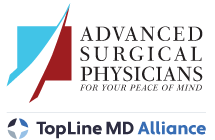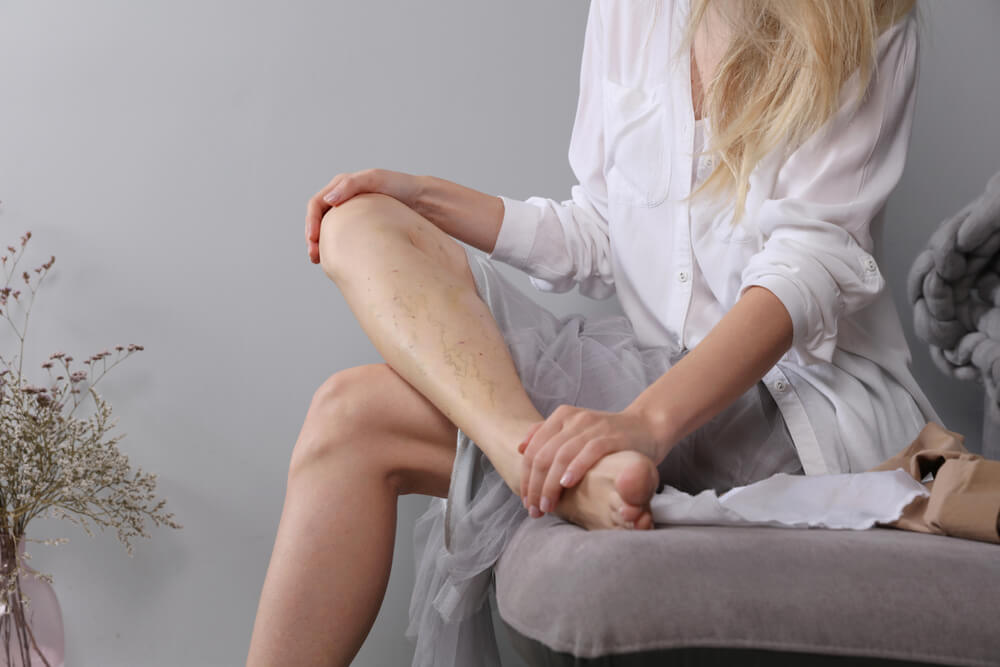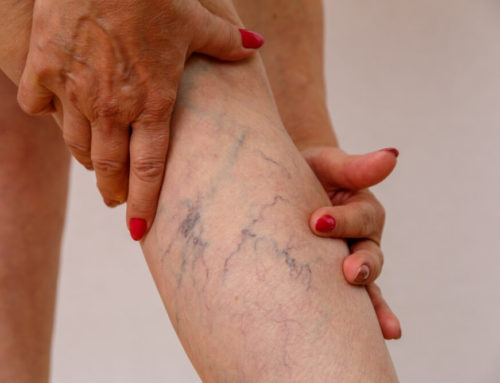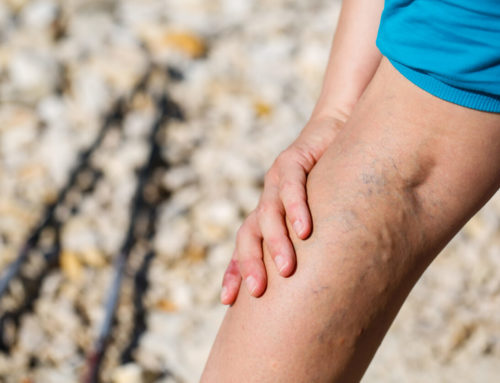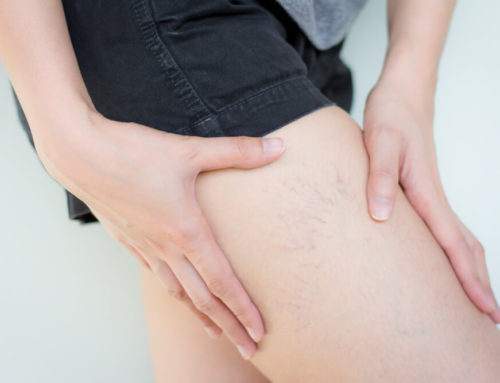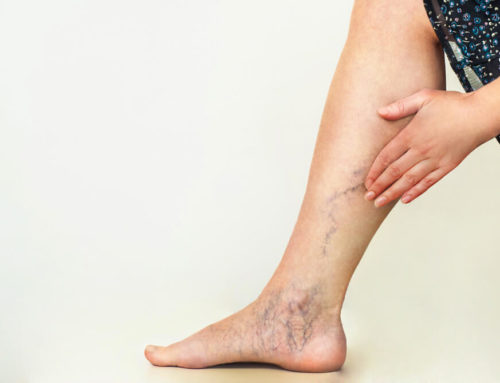Varicose veins are a prevalent medical problem that affects people worldwide. This condition features enlarged and twisted veins, typically in the legs. Although it’s not a severe condition, varicose veins can lead to more complex problems, and they may lead to a lack of self-esteem and embarrassment. This article discusses the top ways to stop varicose veins from getting worse, including sclerotherapy and the different varicose veins stages.
Naturally, when it comes to varicose veins, a doctor is the first person you want to contact for expert advice. With that in mind, if you’re curious to find out which varicose veins treatment is the best and most effective, keep on scrolling for the rest.
Common Causes of Varicose Veins
Before jumping to the most effective varicose veins treatment, let’s see what causes this medical condition in the first place. First of all, varicose veins appear due to damaged or weak valves. To bring blood back from your tissues to your heart, the veins in your legs will have to fight gravity.
As a result, the muscles in your lower legs contract, and they behave as “pumps.” At the same time, the elastic vein walls assist the blood coming back to the heart. As a result, small valves open, and blood flows in the heart’s direction. The valves then close to stop the blood from flowing back.
Now, if the valves are damaged or weak, the blood may flow back, and it will pool in your vein. This will result in the veins twisting or stretching.
The Six Varicose Veins Stages
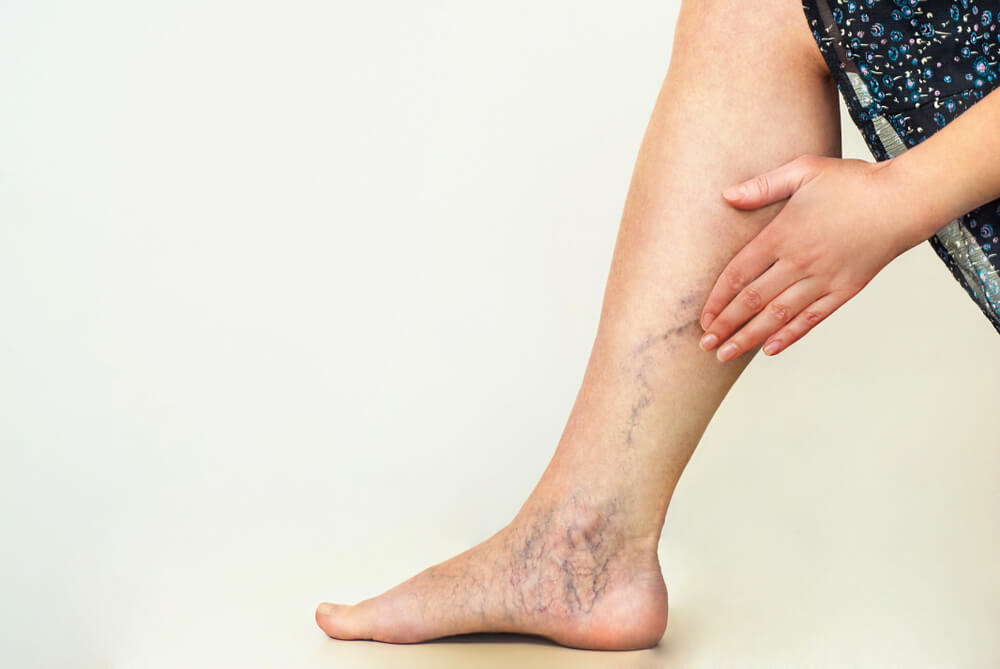
These are the six most frequent stages of the medical condition to look out for:
- Spider veins (Stage one)
These are tiny, purple-reddish veins typically present on the neck, legs, ankles, and face. Although they may not be linked to varicose veins, they may be caused by the same condition.
- Enlarged varicose veins (Stage two)
This is the best stage to seek treatment.
- Edema (Stage three)
You can treat edema or swelling at home by elevating your limbs. However, you will need expert help if the symptoms get worse.
- Discoloration and skin changes (Stage four)
The skin on the legs becomes white or reddish-brown. Also, your skin may become more prone to injury.
- Skin changes paired with healed ulceration (Stage five)
Injuries or scratches to the skin might heal with treatment, but they will typically leave scars.
- Skin changes paired with active ulceration (Stage six)
The leg ulcers and skin injuries won’t heal, even with proper treatment. Your legs may be covered with open sores.
You will want to take action early in the varicose veins stages. We recommend seeking medical help during stage two, especially if you are dealing with pain and discomfort.
Risk Factors of Varicose Veins
If you’re dealing with painful varicose veins, you may ask yourself what risk factors lead to their formation. Here are some of the most common risk factors associated with the condition:
Advanced age
Older people tend to be at higher risk of varicose veins. Namely, advanced age may cause wear and tear on your valves in the veins that assist in blood flow regulation. As a result, the wear leads to a pool in the vein.
Gender
Women have a higher chance of developing varicose veins than men due to hormonal changes. Moreover, hormonal treatments like the birth control pill may boost the risk of this condition.
Pregnancy
When a woman’s pregnant, her body has a higher blood volume., this mainly happens to support the growth of the fetus.
Obesity
People who are overweight are at higher risk due to the extra pressure on the veins.
Family history
If another member of your family had varicose veins, you may be at risk too.
Sitting or standing for a long time
When you are sitting or standing in the same position for an extended period, your circulation isn’t optimal.
The Best Varicose Veins Treatment: Top 9 Solutions
Luckily, varicose veins are easy to treat, and treatment usually doesn’t involve staying in a hospital. Nowadays, there are a lot of solutions with reasonable recovery rates.
When it comes to varicose veins treatment, here are the top 9 options:
1. Upgrade your self-care routine
To prevent and reduce varicose veins, you want to pay close attention to your self-care. This means exercise frequently, try to lose weight if you are obese, stop wearing too tight clothes, avoid long periods of sitting and standing, and occasionally elevate your legs. By implementing some or all of these steps into your routine, you’ll prevent and ease the pain associated with varicose veins.
2. Consider compression stockings
Although compression stockings could be tricky with painful varicose veins, they are effective in steadily squeezing the legs and helping the leg muscles and veins with blood flow. You can find compression stockings at most medical supply stores and better-equipped pharmacies.
3. Sclerotherapy
Your healthcare professional may recommend a treatment for varicose veins called sclerotherapy, especially if the condition is more severe. This procedure involves the expert injecting small and medium-sized varicose veins with foam or solution. This will scar and close the veins. As a result, these varicose veins will disappear in just a couple of weeks. The good news is that sclerotherapy doesn’t involve anesthesia, and it is a simple and effective procedure.
4. Foam sclerotherapy of the large veins
Your healthcare professional may inject a foam solution into a large vein to close and seal it.
5. Catheter-assisted procedures with laser energy or radiofrequency
This procedure works best if you have large varicose veins. Patients who undergo this treatment can return to their everyday activities just a few days post-treatment. However, they should refrain from extreme activities and strenuous exercise for at least a week.
6. Laser treatment
This treatment is excellent for patients with spider veins and small varicose veins. There are no needles or incisions involved.
7. Endoscopic vein surgery
Only advanced cases with leg ulcers may need this procedure.
8. Vein stripping and high ligation
For most patients with varicose veins, this is an outpatient procedure. However, it is also very effective in treating painful varicose veins.
9. Ambulatory phlebectomy
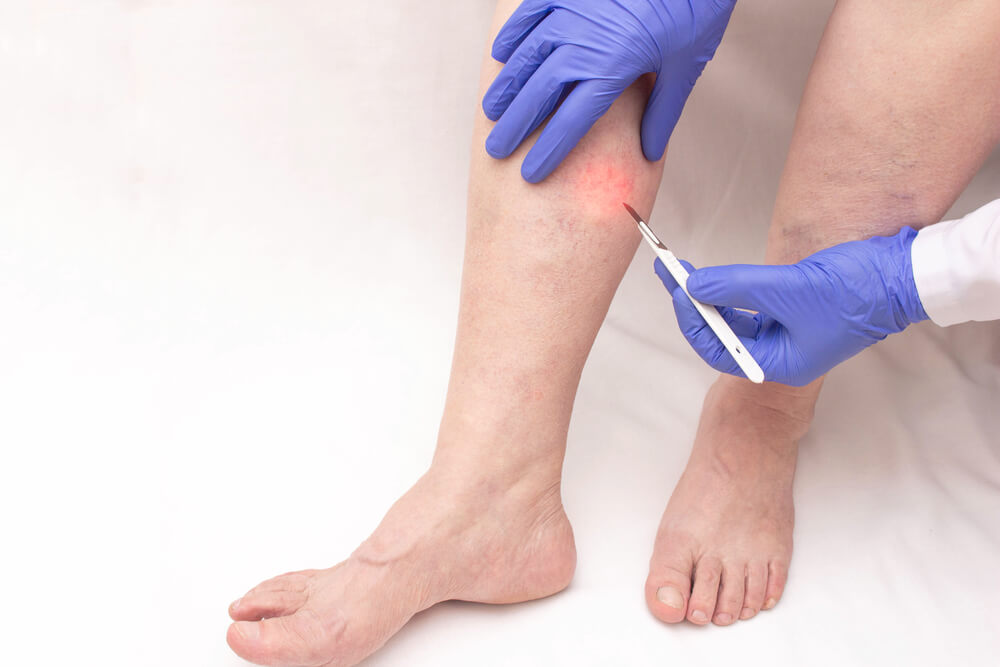
With this treatment, scarring is possible but highly unlikely. Your healthcare provider will remove the smaller varicose veins via a series of small skin punctures.
Varicose Veins Cream: Is it Any Good?
There are many creams, lotions, pills, and other products on the market that target varicose veins. So, how effective can a varicose veins cream be? In brief, although they may cause temporary relief for the symptoms of spider veins and varicose veins, they don’t fix the underlying problem. Hence, a varicose veins cream is not the miracle cure for your medical condition. The problem with these medications is that they are topical so that they won’t penetrate deep enough into the faulty or damaged valves. Instead, consult with a professional on alternatives.
Book an Appointment Today
Although varicose veins are harmless, when left untreated, they can cause serious complications. So, don’t hesitate and schedule an appointment with us today.

